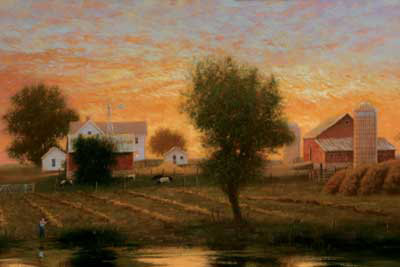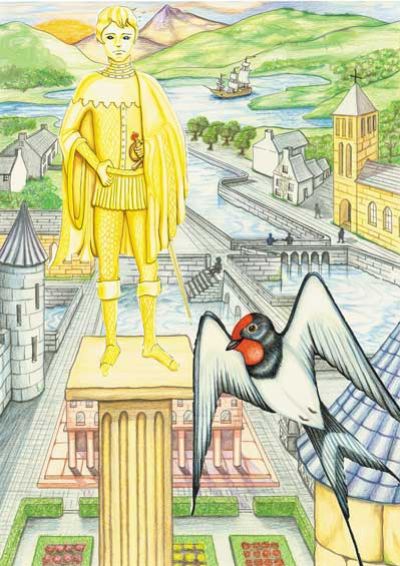The exam will incorporate the terminology discussed throughout the short story unit used to analyze the assigned short stories. You are encouraged to use your short story summaries on the exam along with your short story terms and definitions.
PART 1 Terminology (Multiple choice) 25 points
You will be required to know the vocabulary terms and to be able to apply these literary elements to the assigned short stories.
The following practice quiz on Elements of the Short Story may help to prepare you; please note that the practice quiz does not represent all of the terminology that you are accountable for.
INSTRUCTIONS: Match the definition with the appropriate term.
A. plot B. foreshadow C. point of view
D. setting E. exposition F. climax
G. dynamic character H. theme I. Verbal irony
J. symbol K. conflict L. resolution
M. external conflict N. characterization O. rising action
P. internal conflict Q. static character R. external conflict
S. situational irony T. direct characterization U. external conflict
V. first person point of view W. indirect characterization X. omniscient point of view
1. the where and when a story takes place
2. the struggle between opposing forces
3. the angle from which a story is told/relationship of the narrator to the story.
4. an object, person, place, etc. that stands for something else
5. when the narrator is a character in the story
6. to say one thing and mean the opposite
7. the sequence of events in a story
8. the main idea of the story; the lesson of life
9. when the narrator is able to get into the head of all the characters
10. person vs. person, nature, society, self, etc.
11. the highest point of suspense/turning point of a story
12. the beginning of a story which establishes setting, characters, etc.
13. a character that undergoes changes in attitude
14. the successful ending to a story
15. the dialogue necessary to resolve the conflict and bring the story to a close
16. when something happens that is unique and unexpected
17. when the narrator tells the story from the perspective of one of the characters. 18. the part of a story that grabs the reader’s attention
19. the part of the story that builds the conflict and leads to the conflict
20. when an author reveals what a character is about through the character’s words/actions
21. clues or hints as to what is to come in the story
22. when a character remains the same throughout a story
23. the methods used to develop a character, traits/qualities of character
PART 2 Facts of the Stories (True/False) 15 points
As the heading suggest you will have to recognize the validity of each statement according to the associated short story.
PART 3 Story Development (Matching) 10 points
This section will test your understanding of the stories as applied to Freytag’s pyramid.
PART 4 Setting (Matching) 10 points
You will be required to match the description of setting with the stories that are represented by the settings.
PART 5 Theme (Matching) 10 points
You will be required to match the thematic expression with the stories that are described by the themes.
PART 6 Symbolism (written response) 30 points
Here will appear three paragraphs from three of the assigned short stories. You will be required to discuss how the symbolic language has influenced the tone, mood, and understanding of the story.




